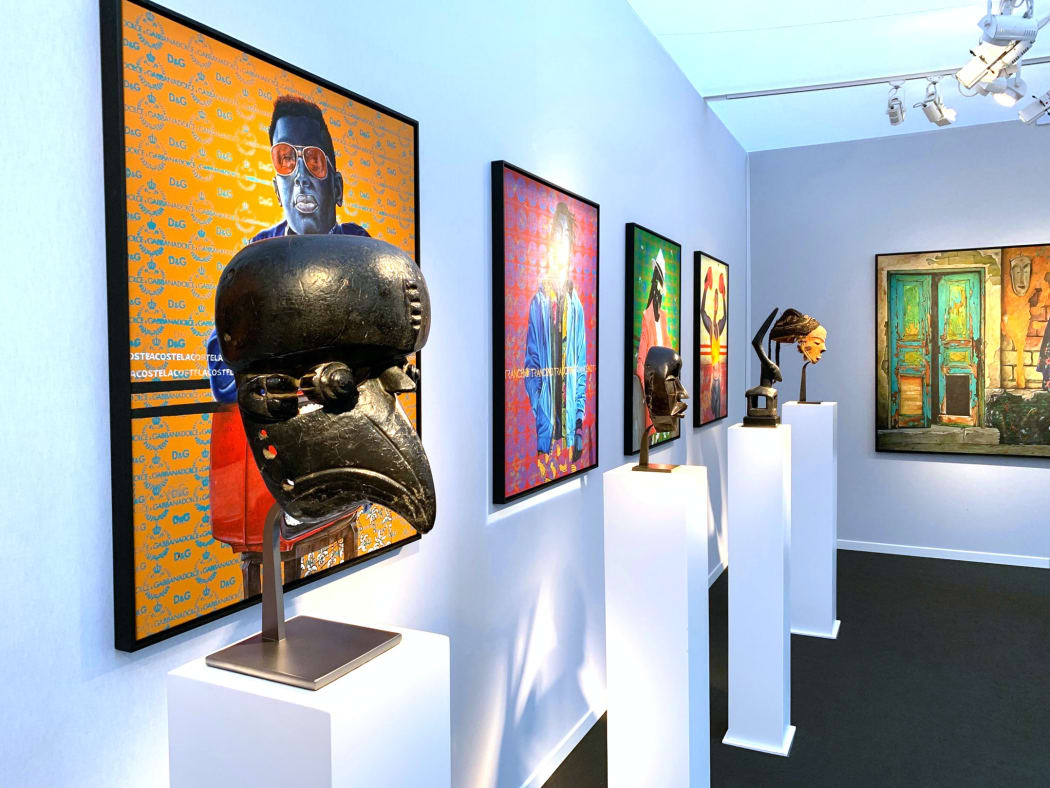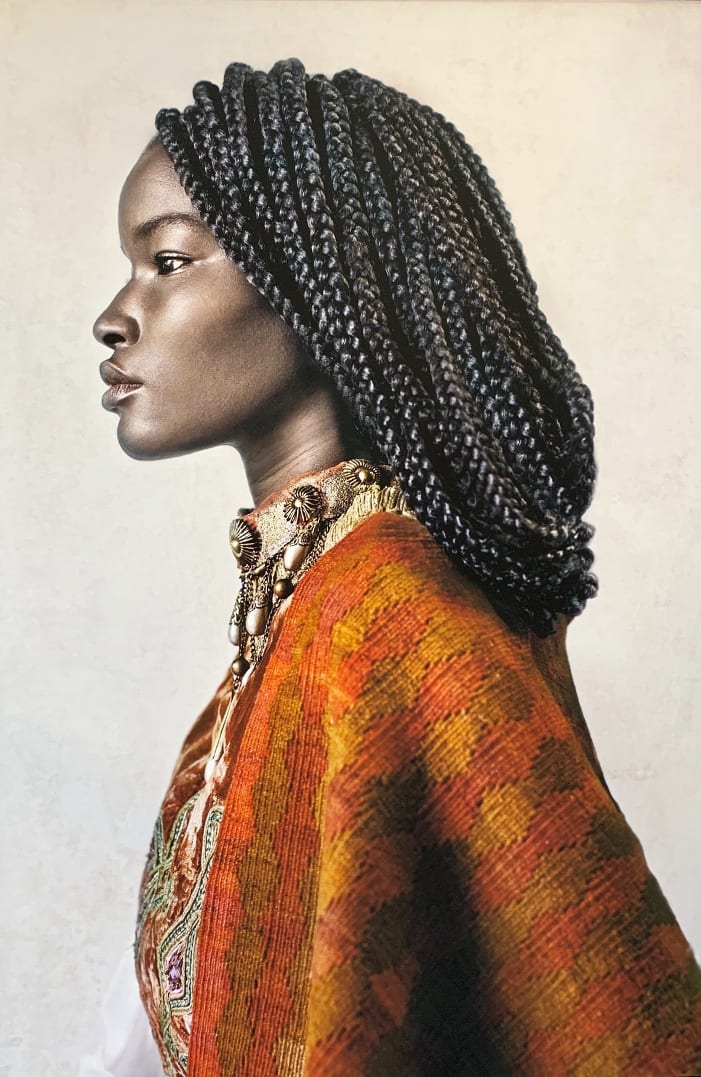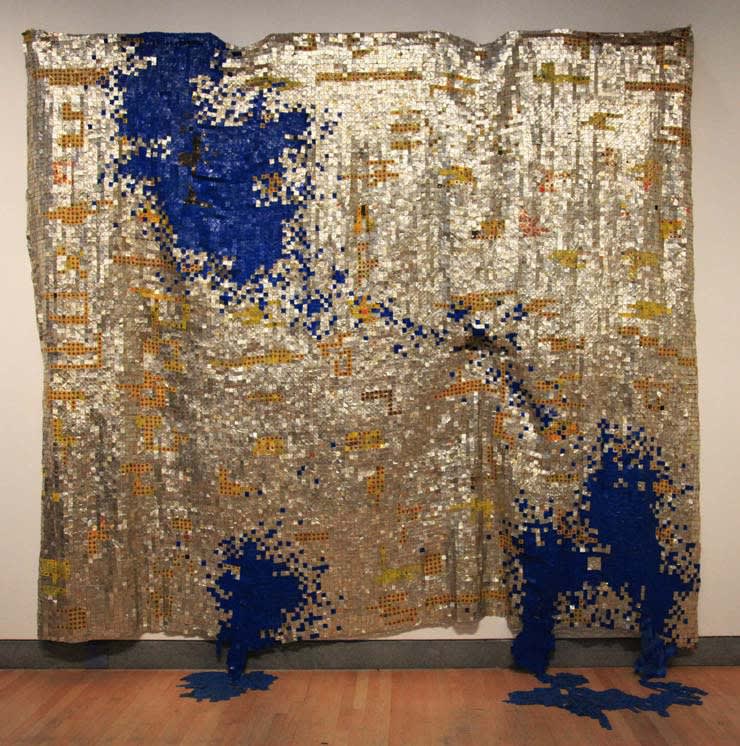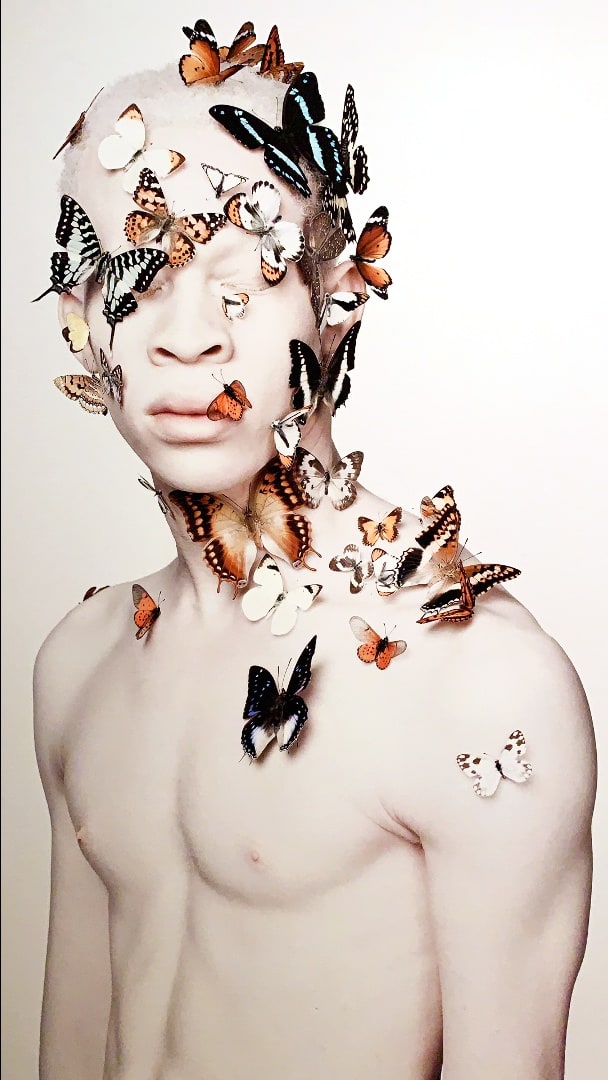
For all the talk of the ‘African Art Boom’ in recent years, it isn’t always evident why is African contemporary art trending and what this boom entails, how it came to be, or what the future of the African art market is. Before investing in any type of art, it is wise to be aware of the provenance and history behind particular artworks, as this not only brings added personal value to whatever is being purchased, but also allows us to determine whether the type of art will still be of significance in the future. So how did African art come to be so ‘trendy’, and why is now the best time to start investing in contemporary African art?

Contemporary African art took off in the 1970s. This was a period when many colonised countries in Africa began to reclaim their autonomy, resulting in a reinvigorated sense of patriotism and freedom of expression, which inevitably manifested itself in the visual arts. The continent began to globalise and was introduced to new styles, methods and media, as individuals had the opportunity to travel and experience new ways of life and different cultures. At the same time, African artists used what they saw and experienced around them as fodder, subject matter and material for their artworks, which often (but not always) concerned the topics of diaspora and identity, utilised and incorporated found objects, or drew from traditional motifs or patterns to retain a strong sense of ‘Africanness’.

Dagmar Van Weeghel, Diaspora, Portrait of Penda Mbaye
Despite this history and decades of contemporary African art, the ‘African Art Boom’ has only had its surge in recent years, though the market is undoubtedly growing. The growth has been attributed to multiple factors, such as advances in cultural infrastructure, a growing number of museums and art galleries being built, the increase of art fairs and exhibitions that take place, and a developing wealthy class in Africa who have the income to collect paintings, sculptures, and other artworks. Indeed, according to a recent report by The Brookings Institution, consumers in Africa spent $1.4 trillion in 2015, and this figure is expected to rise to $2.1 trillion in 2025. Given that the wealthy are increasingly turning to art to make their investments, we are therefore likely to see even more development in the contemporary African art market. Indeed, we are already seeing results. An enormous 41.6% growth was observed in the African market last year, according to a recent ArtTactic report.

El Anatsui, Ink Splash II (1999), aluminum and copper
However, despite the sheen of African art ‘à la mode’, art from Africa and South America combined accounts for less than 4% of global art sales today. Amongst the clamour of optimism surrounding contemporary African art, therefore, one must maintain a sober mind when considering the market, and recognise that there is still a lot of room for growth and awareness.

Justin Dingwall, Mob II (2015), print on cotton fine art paper, 84,1 x 59,4 cm
Perhaps that is exactly the reason why now is the best time to invest in African art. As the continent continues to develop, more cultural infrastructure and institutions are implemented, and the disposable income of Africa’s growing upper class increases, African art will only continue to become more prevalent.

Fily Keita, dealer of African tribal art
By purchasing contemporary African art now, an active contribution can be made to the current critical shift in African art history. The purchase of African art today will practically advance the demand and value of treasured works of art that go far beyond fiscal significance. It is a reinvestment into vibrant, robust and profound cultures and histories, helping to support African art and artists. These efforts will help contribute to the restoration and rebuilding of what was for so long silenced and plundered by colonialism. Contemporary African art tells stories of Africa by Africans and its diaspora. It is a rewriting of the books. It is a participation in a grand narrative that will change the face of how we perceive a continent and a diverse people with profound cultural roots, with all its nuances and varied perceptions. Indeed, curator and founder of the 1-54 African Art fair, Touria El Glaoui, declared in a Ted Talk in 2017: ‘It is really through art that we can regain our sense of agency and empowerment. It is through art that we can really tell our own story.’ Surely this, more than anything, is why you should begin collecting African art today.
